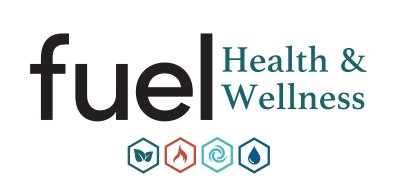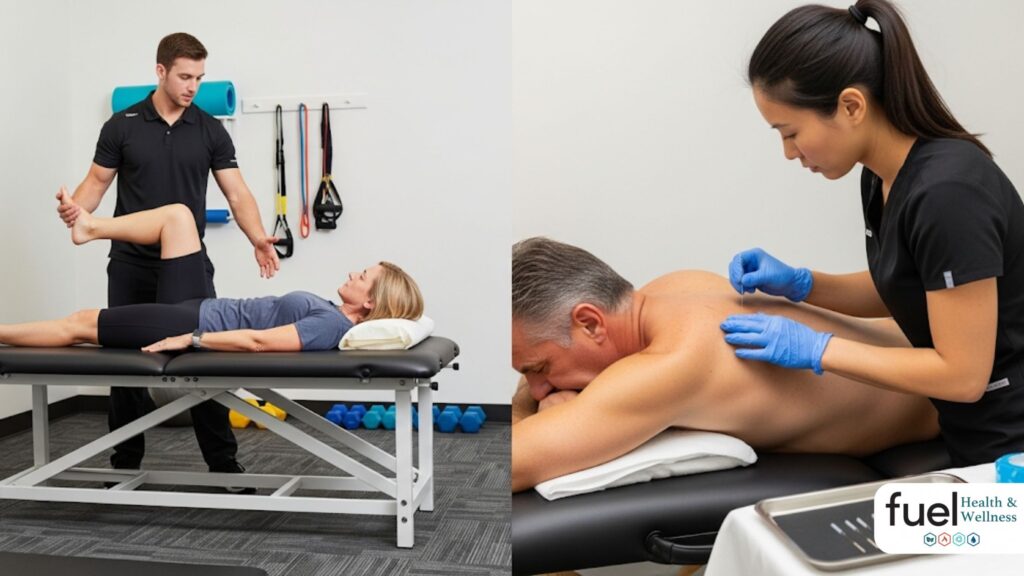Physical Therapy vs Dry Needling is a common question for individuals seeking effective pain relief strategies in Grand Rapids. By examining how each approach addresses musculoskeletal dysfunction, patients and clinicians can make informed decisions on treatment plans. This blog explores the core principles behind these modalities, diving into mechanisms, benefits, risks, and the potential for a combined protocol. Throughout the discussion, readers will gain a deep understanding of how modern physical therapy integrates or contrasts with specialized dry needling techniques to optimize mobility and comfort.
What is dry needling and how does it work?
Dry needling is a minimally invasive pain relief technique that targets myofascial trigger points—hyperirritable spots within taut muscle bands. Licensed physical therapists insert sterile, filiform needles into the soft tissue to provoke a local twitch response. The twitch reflex helps reset dysfunctional muscle fibers by disrupting pain signals and facilitating a release of tight bands.
The neuromuscular mechanism relies on advanced knowledge of anatomy, biomechanics, and neurophysiology. When the needle penetrates an active trigger point, it stimulates mechanoreceptors and nociceptors, prompting a cascade of chemical mediators. This cascade includes endorphins and neurotransmitters that modulate pain perception and promote tissue healing.
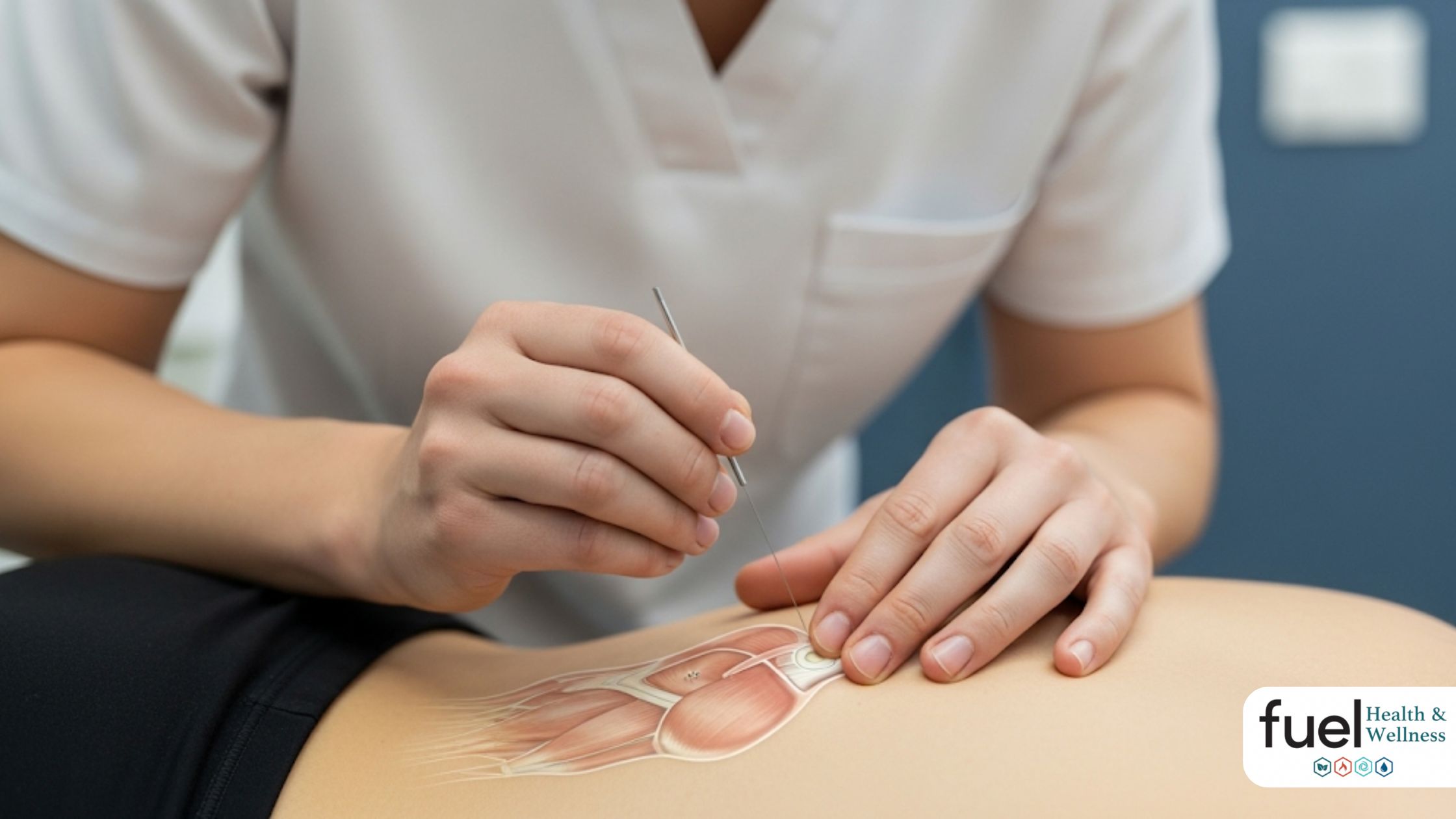
Many patients confuse dry needling with acupuncture, but the objectives differ significantly. Acupuncture vs dry needling centers on distinct philosophies: traditional Chinese medicine channels versus Western evidence-based pain management. While both use needles, dry needling targets specific neuromusculoskeletal dysfunction rather than balancing “energy forces.”
Following needle insertion, the local twitch response triggers metabolic changes in the muscle, improving blood flow and oxygen delivery. By restoring normal muscle length-tension relationships, dry needling reduces adhesions and promotes functional movement. This targeted approach can expedite recovery in conditions like chronic neck pain, plantar fasciitis, and tension-type headaches.
Clinicians often integrate dry needling with strengthening, stretching, and neuromuscular reeducation to maximize outcomes. As a specialized adjunct within a comprehensive rehabilitation plan, it complements manual therapy and exercise. Patients may experience immediate relief or notice gradual improvements over multiple sessions.
For those exploring advanced rehabilitation options, Physical Therapy Grand Rapids provides access to trained therapists who seamlessly incorporate dry needling into individualized care plans.
Physical Therapy vs Dry Needling: Key Differences
Physical Therapy vs Dry Needling draws a clear line between holistic movement restoration and precision soft-tissue intervention. While both approaches aim to reduce pain and improve function, they employ different tools and philosophies. Physical therapists use exercise prescription, manual mobilization, and patient education to address the whole kinetic chain. By contrast, dry needling zeroes in on tight muscle bands and neural dysfunction with fine filiform needles.
Physical Therapy vs Dry Needling also diverges in training requirements. To perform dry needling, clinicians complete specialized certification and must adhere to state practice acts. General physical therapy licensure involves extensive education in anatomy, physiology, and therapeutic exercise but does not always include needle-based modalities. Certification programs emphasize needle safety, indications, and contraindications.
Therapeutic goals further distinguish these modalities. Physical therapy fosters movement patterns, postural control, and strength endurance to prevent recurrence of dysfunction. Dry needling’s primary objective is immediate release of muscle tension and modulation of pain. In many rehabilitation settings, therapists sequence exercises after needling to reinforce newly available range of motion.
Although both methods share the aim of enhancing functional independence, session structure varies. A typical physical therapy visit spans 45–60 minutes, focusing on hands-on manual therapy, therapeutic exercises, and patient education. A dry needling session may last 20–30 minutes, with needle insertion followed by brief observation and post-needling stretching. Clinicians tailor treatment duration based on patient tolerance and response.
| Aspect | Physical Therapy | Dry Needling |
| Primary Focus | Movement patterns, strength, and function | Release of myofascial trigger points and pain control |
| Techniques | Manual therapy, exercise, modalities (heat/ice) | Filiform needles inserted into taut muscle fibers |
| Provider Training | Doctorate or master’s in PT; board licensure | Additional dry needling certification after PT license |
| Typical Session Length | 45–60 minutes | 20–30 minutes |
| Common Side Effects | Temporary soreness from exercise, fatigue | Minor bruising, transient soreness |
Can Physical Therapy and Dry Needling Be Used Together for Optimal Results?
Combining dry needling with structured physical therapy often yields synergistic benefits. By first releasing hyperirritable trigger points, patients may achieve greater range of motion, which allows subsequent strengthening and neuromuscular reeducation exercises to be more effective. This sequential protocol addresses both local tissue dysfunction and global movement control.
For patients comparing manual interventions and alternative therapies, Physical Therapy vs Chiropractic Care highlights how dry needling complements adjustments. While chiropractic focus centers on joint alignment and spinal biomechanics, adding dry needling can target muscular restrictions that limit spinal mobility. The integration ensures a comprehensive approach to back pain or sciatica.
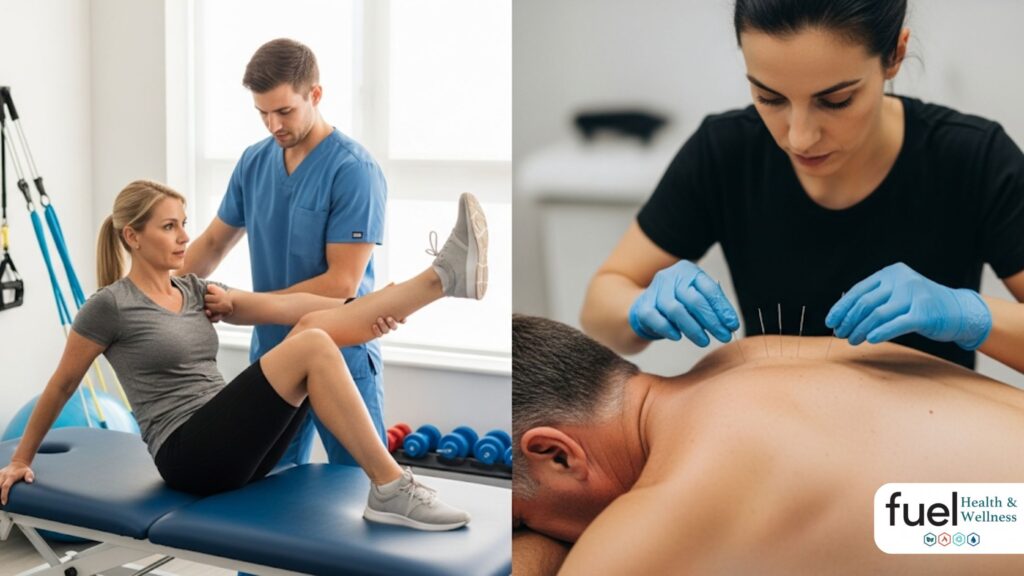
Clinical evidence supports a multimodal strategy. Research shows that combining dry needling with therapeutic exercise improves pain scores and functional outcomes more than exercise alone for conditions like chronic low back pain. Incorporating both modalities respects the biopsychosocial model of care by addressing tissue pathology and movement impairments.
Interdisciplinary clinics in Grand Rapids often embed dry needling within broader orthopedic or sports rehabilitation programs. Athletes with recurrent hamstring strains, for example, benefit from localized trigger point release followed by eccentric loading exercises. By joining these treatments, the muscle’s viscoelastic properties rebalance, reducing re-injury risk.
When designing a combined protocol, therapists evaluate individual patient factors—such as pain tolerance, comorbidities, and recovery goals—to determine session frequency and progression. Typically, needling precedes active exercise, and clinicians monitor soreness levels to optimize scheduling of manual and exercise-based interventions.
Benefits and Risks Associated with Dry Needling
Dry needling offers targeted pain relief and soft-tissue restoration by deactivating myofascial trigger points. This approach can reduce muscle hypertonicity, improve joint range of motion, and break the pain-spasm cycle. Patients frequently report immediate decreases in local tenderness and enhanced functional mobility after just one session.
Despite its advantages, dry needling carries potential side effects. Commonly, patients experience temporary soreness, mild bruising, or slight bleeding at needle insertion sites. These effects usually resolve within 24 to 48 hours and are considered acceptable by most individuals given the rapid relief achieved.
Practitioners comparing hands-on therapies often weigh Physical Therapy vs Massage Therapy to determine the best modality. Massage focuses on superficial soft tissues and manual kneading, whereas dry needling penetrates deeper muscle fibers at the precise location of trigger points. Understanding these differences guides patient expectations and treatment planning.
Strict adherence to sterilization and safety protocols minimizes risks such as infection or nerve irritation. Physical therapists performing needling maintain continuous communication with patients to gauge discomfort and adjust needle depth or technique. Contraindications—like bleeding disorders or needle phobia—must be screened out through a thorough medical history.
Long-term studies on dry needling have demonstrated sustained improvements in chronic musculoskeletal conditions when combined with active rehabilitation strategies. While anecdotal evidence abounds, ongoing randomized controlled trials aim to clarify optimal dosing, needle retention time, and treatment frequency for durable outcomes.
Integrating Dry Needling into Physical Therapy Programs in Grand Rapids
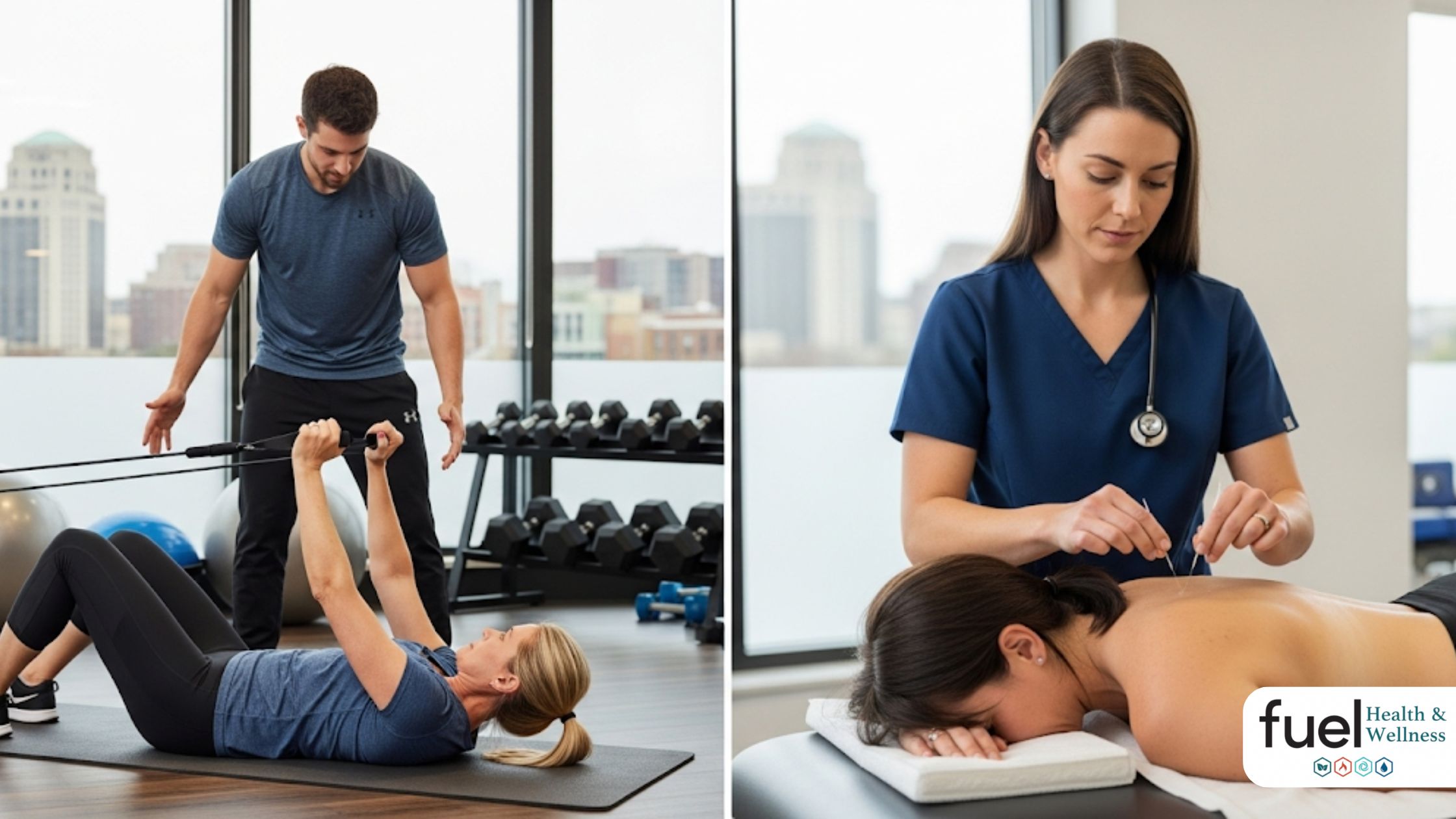
Grand Rapids clinics have seen a rise in demand for integrative rehabilitation models that blend traditional exercise therapy with emerging interventions. Licensed physical therapists adapt evidence-based dry needling protocols to local practice environments, ensuring seamless patient experiences. This integration reflects a shift toward personalized, multimodal care pathways.
To schedule a tailored assessment, potential patients are encouraged to Contact us via phone or online form. Front-desk staff coordinate initial evaluations, gather medical histories, and connect new clients with therapists trained in both manual and needle-based techniques. This streamlined approach promotes clarity and reduces administrative barriers.
Collaborative care networks in West Michigan support referral partnerships between primary care physicians, orthopedic specialists, and physical therapy practices. By incorporating dry needling into integrated care plans, providers address muscle dysfunction identified in diagnostic imaging or functional movement screens. Referral pathways ensure that patients receive the right intervention at the right time.
Therapists create individualized plans that factor in patient goals—such as returning to competitive sports, resuming daily household tasks, or managing chronic pain. Dry needling is scheduled alongside exercise sessions, manual manipulation, and self-management education to reinforce gains. Progress is tracked through objective measurement tools like goniometry and strength testing.
Cost, Coverage, and Accessibility Considerations
The cost per dry needling session in Grand Rapids typically ranges from $50 to $120, depending on clinic location and therapist expertise. Many practices offer package discounts for multiple visits. Patients should inquire about bundled rates to maximize affordability when integrating needling into ongoing rehabilitation.
Insurance coverage for dry needling varies widely. Some commercial plans classify it as a billable physical therapy modality under specific CPT codes (e.g., 20560, 20561), while Medicare policies differ by state and local medical directors. Patients often face out-of-pocket expenses if coverage is limited or requires prior authorization.
Accessibility extends beyond financial considerations. Clinics in Grand Rapids have expanded hours, including early morning and evening appointments, to accommodate busy professionals and student schedules. Telehealth consultations can screen for contraindications and develop preliminary exercise regimens before in-office needling sessions.
As a versatile pain relief technique, dry needling complements other service offerings like corrective exercise, ergonomic assessments, and ergonomic workshops. When clinic packages combine education and treatment, patients benefit from holistic programs that address both symptoms and underlying movement dysfunction.
Patients seeking integrative wellness support may also explore Fuel Health & Wellness resources, which include nutrition counseling, mindfulness training, and group exercise classes designed to optimize recovery and sustain long-term health.
Key Takeaways for Patients Seeking Pain Relief Techniques in Grand Rapids
Modern rehabilitation leverages both broad-based physical therapy and precision dry needling to tackle musculoskeletal pain at multiple levels. While physical therapy builds strength, flexibility, and movement control, dry needling delivers immediate trigger point release and neuromodulation. Together, they offer a comprehensive pathway to restore comfort and function.
Individuals considering these options should seek licensed therapists with advanced training in dry needling certification and a track record of integrating multimodal treatment plans. Clear communication about goals, expected outcomes, and potential side effects ensures realistic expectations and higher satisfaction.
Conclusion
By comparing Physical Therapy vs Dry Needling, patients in Grand Rapids can discern which modality—or combination thereof—best aligns with their functional goals and pain management needs. While each approach has unique strengths, a blended strategy often accelerates recovery and enhances quality of life.
For top-tier rehabilitation services incorporating expert dry needling and comprehensive physical therapy, visit Fuel Health & Wellness to learn how specialized care can restore movement, reduce discomfort, and empower long-term wellness.
Frequently Asked Questions
What are the main differences between physical therapy and dry needling?
Physical therapy employs manual techniques, exercise prescription, and patient education to improve movement patterns, strength, and joint health. Dry needling specifically targets myofascial trigger points with fine needles, delivering rapid release of muscle tension and modulation of pain.
Is dry needling painful and what should patients expect?
Most individuals feel a mild “pinch” upon insertion and occasional twitch responses in the muscle. Discomfort typically subsides quickly, and many patients experience immediate relief. Post-needling soreness or bruising can occur but resolves within 24–48 hours.
Can dry needling and physical therapy be combined safely?
Absolutely. A sequential protocol—starting with dry needling to release tight muscles followed by targeted exercises—optimizes functional gains. Licensed therapists design integrated plans based on patient tolerance, health history, and recovery goals.
How many dry needling sessions are typically needed for relief?
Session frequency varies by condition severity and patient response. Acute issues may require two to four sessions, while chronic cases could benefit from six to eight treatments. Therapists reassess progress and adjust the plan accordingly.
Is dry needling covered by insurance in Grand Rapids?
Coverage depends on individual insurance plans and CPT coding. Some commercial insurers include dry needling under physical therapy benefits, while others consider it an out-of-pocket expense. Patients should verify benefits and obtain preauthorization if needed.
